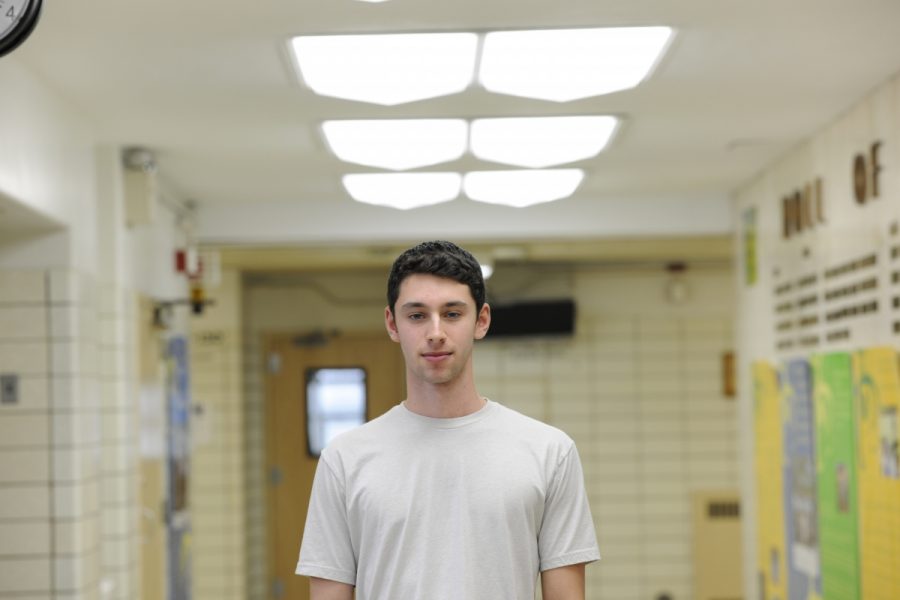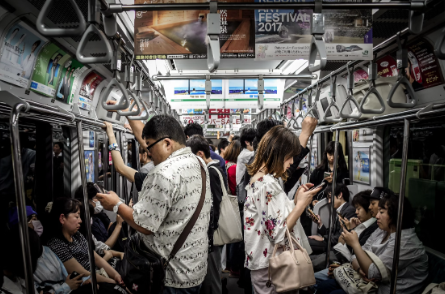Shutdown Showdown
Josh Divak ’19 believes that the struggles to fund the government are the faults of both political parties
After weeks of anticipation and speculation, it happened for the first time since 2013. The votes were tallied and it was official: there would be no money to keep the lights on. It was Friday night, January 19, 2018, and the federal government had shut down.
What exactly does that mean? In short, it means that the government has run out of funding for the current fiscal year and has not passed a budget for the upcoming fiscal year. When this happens, all government employees deemed ‘nonessential’ do not show up for work, and all those who are ‘essential’ must work without pay.
The employees considered nonessential include the civilian members of the Department of Defense, as well as those in the Departments of Education, Health and Human Services, and Labor. During a government shutdown, employees of these departments are put on unpaid leave until the government reopens. However, once the government reopens, these employees receive payments, known as furloughs, for the days they missed. Furlough payments are just one way the government loses money during a shutdown as they must pay their employees for the missing days. Public tourism sites, such as national parks and museums, cannot collect fees, government workers have to spend many hours cumulatively shutting down and restarting their systems at work instead of doing the jobs they are supposed to, and the International Revenue Service is unable to enforce tax collection as aggressively as it usually does.
Typically, a government shutdown happens when the two major political parties have such a strong disagreement over an issue that they refuse to pass a budget until it is dealt with. In 2013, the government was shut down for two weeks because the parties could not reach a deal on the funding of the Affordable Care Act (AKA Obamacare), and this year, it was because the two parties could not reach a deal on the fate of the Deferred Action for Childhood Arrivals (DACA) program.
Whenever a shutdown occurs, each party tries to pin it on its opposition. Staying true to this, the Democrats blamed Republicans, claiming that since the Republican Party controls all three branches of government, any shutdown that occurs is solely the fault of Republicans. Meanwhile, Republicans said the government shutdown is the fault of Democrats as the Democrats were the ones who voted against a budget the Republicans had propose, a budget that required a three-fifths majority vote in the Senate to pass. (There are only fifty-one Republicans in the Senate, out of a hundred total). Additionally, many Democrats filibustered the bill, a political tactic unique to the Senate in which the ‘unlimited debate’ principle is exercised to prevent a vote on a bill.
“It isn’t any one party’s fault that the government shutdown,” Josh Divak ’19 said. “Both Republicans and Democrats have been unable to compromise on anything, and until they do, nothing important is going to be accomplished in Congress.”
Fortunately, the government reopened just three days after officially shutting down, as both parties grudgingly agreed to fund the government for another three weeks. This continued a trend of Congress passing short-term funding bills, known as continuing resolution, which fund the government at the same levels for a few weeks at a time. Continuing resolutions, if used over and over again, can be harmful because they fail to allow government agencies to plan for the year ahead since they do not know how much money they will have.
“Both Republicans and Democrats have been unable to compromise on anything, and until they do, nothing important is going to be accomplished in Congress.”
The budget issue was finally resolved on February 9, 2018. The government shut down again, but for only a few hours, as Congress was able to agree on a deal that funded the government for the entire fiscal year. The deal included increased funding for the Department of Defense and the children’s health insurance program (CHIP), but did not address DACA, the issue that caused the original shutdown.
When asked what he thought of the new budget, Ruoyang (Ray) Ye ’19 said, “I think the most important thing is that there aren’t going to be any more shutdowns for a while. Even though the DACA issue is unresolved, its good that other important government programs are funded.”
While the budget that was agreed on is a solution to some of Congress’ problems for the time being, the future looks rather bleak. In regards to the issue that caused the original shutdown, which was DACA and overall immigration reform, Dr. Davis, an A.P. U.S. Government teacher, said that, because of a recent federal court decision that extended the deadline of the DACA program, “there is no chance for a comprehensive immigration reform bill to pass before 2018. Congress will almost assuredly take a pass for as long as possible.” Not only that, but Dr. Davis also believes that once the current funding for the government runs out, more debacles that led to the shutdown will continue in the future, since “political tribalism is as bad as its been since the 1850s.”
William Fisher is the Editor-in-Chief for ‘The Science Survey’ and an Athletics Reporter for ‘The Observatory.’ He finds journalism appealing because...











